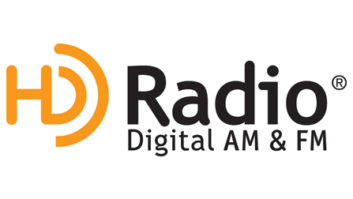Development and performance of FM IBOC boosters for single-frequency networks remain a work in progress. That’s according to a final report detailing field tests of on-channel digital boosters in Massachusetts, and comparing those to earlier tests conducted outside Baltimore.
IBiquity, with funding from the NAB FASTROAD project, is working to develop FM digital boosters that transmission equipment manufacturers can commercialize, both for new HD installs and existing HD facilities. The hope is that boosters will offer another way for stations to increase or fill in their FM digital footprint so that digital coverage matches that of analog.
Digital boosters are used to form single-frequency networks; this involves transmitting identical radio signals in relatively close proximity using the same RF channel. SFNs are difficult to establish using analog FM technology because at the receiver, multiple analog signals tend to behave just like multipath interference except in limited areas where the timing between signals has been aligned precisely.
In the report, Ibiquity Digital presents field test results using Greater Media HD Radio station WKLB(FM) and an associated digital booster near Boston, as well as results first presented in November 2010 from Ibiquity tests using an experimental station outside Baltimore, WD2XAB, and an associated digital booster.
The field test results characterize digital performance of the main site alone, the booster site alone and the main and booster sites together. Analog compatibility also is characterized.
The results demonstrate that HD Radio SFNs can “selectively” extend digital coverage areas within a station’s protected contour without compromising the existing digital service area, concludes iBiquity, which also states that for certain receivers, using a hybrid booster can help restore analog service near the booster site compared to digital-only booster operation.
However the results also demonstrate the main site analog signal may or may not be receivable near the booster site depending upon the type of analog receiver used.
One issue with the operation of a digital-only booster is that, in the vicinity of the booster itself, the digital-to-analog power ratio of the hybrid IBOC signal is significantly higher than the –20 to –10 dB range for which the HD Radio system is designed.
That means that near the booster, the digital signal can “overpower” the analog portion of the IBOC signal being sent from the main transmitter and affect signal reception in analog-only devices, according to a summary of the report by NAB’s Radio Tech Check.

An image from the report discusses interference effects.
Additional tests were designed to determine whether some additional analog signal could improve analog reception near the booster.
The analog reception performance of a Delphi and an OEM Chrysler receiver as impacted by the presence or absence of the additional analog signal from the booster is discussed in the report. In the “digital-only” booster test, the Delphi was able to filter out most analog interference from the IBOC subcarriers, even at effective digital-to-analog power ratios of +20 dB. iBiquity suggests that this receiver has the attributes of a well-designed, modern, analog and HD Radio automotive receiver, but notes that even modern receivers are likely to experience some impairment locations closer than one mile from the booster.
The older Chrysler receiver did not fare as well, exhibiting audible interference throughout its test run. Close to the booster, the audio was all but inaudible.
When a small amount of analog signal was added at the booster, the results were mixed. “Using this approach, with similar main and booster analog signal levels, the receivers suffered from multipath-like interference, which was exacerbated for these tests by the efficiency of an excellent booster transmit antenna at the top of a 320-foot tower,” according to the results. “Even the Delphi receiver was unable to mitigate the multipath effect of two combined, co-channel-modulated, FM-hybrid, IBOC signals.”
IBiquity prepared three recordings of the analog audio from the Delphi and Chrysler receivers made during these test runs; they are to be posted soon on the NAB FASTROAD website.











